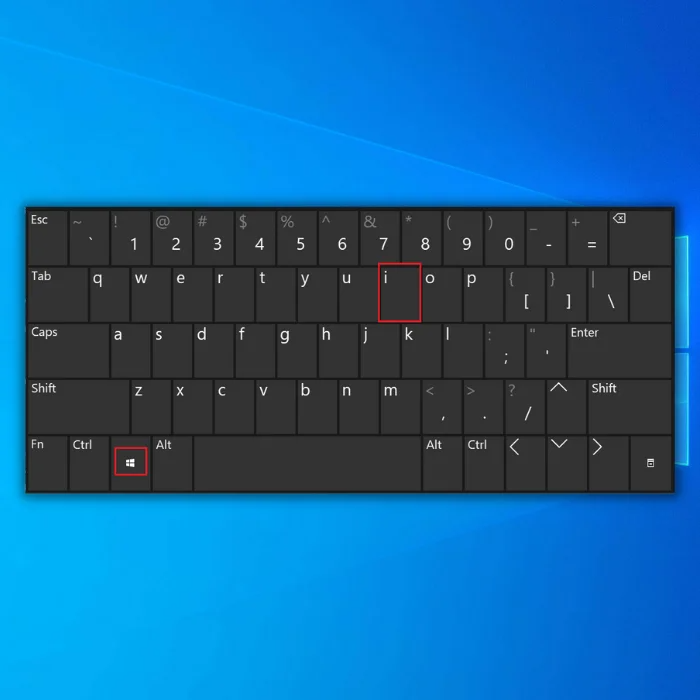
Storage Sense: Your Key to an Efficient and Organized Device
What is Storage Sense?
Storage Sense is a Microsoft tool that helps you manage your Windows 10 PC storage space. It can help you free up disk space by discovering and removing files, apps, and other data you no longer need. You can also use it to automatically move files to an external storage device, such as a USB drive or SD card. Storage Sense is designed to be simple, efficient, and unobtrusive, so it won’t slow down your computer while optimizing its performance.
Recommended: To easily install drivers automatically, use the tool below.
You can also set rules for how Storage Sense should handle specific types of files or folders. This includes automatically setting it to delete old files and moving files that haven’t been used in a certain amount of time.
Configure Storage Sense on Windows 10
Storage sense automates the process of file/folder/app deletion from a device that is either unused or junk. It also facilitates the process of deleting temporary files. Hence, you need to configure storage sense for automatically deleting temporary files, and it will free the storage space. Here is how you can customize storage sense.
Step 1: Launch windows settings from the windows key + I shortcut key.

Step 2: In the settings menu, click the option of the system followed by selecting storage from the left pane.

Step 3: In the storage window, navigate to the option of storage sense. Toggle the storage sense on.

Step 4: In the next step, click the link to configure storage sense or run it now. In the next window, select the mode under the option of run storage sense, i.e., during low disk space.
Step 5: Now select the duration in the section of temporary files under the option of delete files in my recycle bin for if they have been there for over. Check the box for the option to delete temporary files that my apps aren’t using.

Step 6: In the next step, under the option of delete files in my downloads folder, if they haven’t been opened for more than that, select the days.

Step 7: In the last step, select duration under the option of content will become online-only if not opened for more than under the section of locally available cloud content and subcategory of OneDrive.
Recommended: Fortect System Repair Tool – Fix Errors & Speed Up Windows Automatically
Manually Run Storage Sense
Apart from deleting junk from the device via automated storage sense, you can manually run the storage sense via the clean now option. Here are the steps to follow:
Step 1: Launch windows settings from the windows key + I shortcut key.

Step 2: In the settings menu, click the option of the system followed by selecting storage from the left pane.

Step 3: In the storage window, navigate to the option of storage sense. In the storage since option, click the option of free up space now. In the next step, click the clean button to complete the action. It will clear the disk manually.

Group Policy to Manage Storage Sense
To configure or manage storage sense on the device, one can use the group policy option in windows 10. It will help to edit the storage sense settings. Here are the steps to follow:
Step 1: Launch the group policy editor from the run utility. Press windows key+ R and type gpedit in the command box to launch the group policy editor.
Step 2: In the group policy window, click the option of computer configuration, followed by clicking administrative templates.
Step 3: In the next step, click system followed by selecting storage sense to select enable for allow storage sense option.

Step 4: For changing settings, click the option of Configure Storage Sense Recycle Bin cleanup threshold, and under the section of options, select the time frame. Click ok to continue.

Step 5: In case of files for deletion in cloud storage, click the Configure Storage Sense Cloud Content Dehydration Threshold option and choose the duration under the options section. Click ok to continue.

Step 6: In the next step, click Configure Storage Sense Cadence to change the option of run storage sense. Select the time frame

- Your machine is currently running Windows 10
- Fortect is compatible with your operating system.
Recommended: To repair Windows Errors, use this software package; Fortect System Repair. This repair tool has been proven to identify and fix these errors and other Windows problems with very high efficiency.

- 100% safe as confirmed by Norton.
- Only your system and hardware are evaluated.
Frequently Asked Questions About Storage Sense
Can I Use Storage Sense Offline?
When a device is connected to a network, Storage Sense will automatically detect and delete temporary files that are no longer needed or taking up space on the device. However, when the device is in an offline state, this feature of Storage Sense will not be available.
How do I Recover Downloaded Files After I Delete Them?
If you have deleted a file and need to recover it, the system restore point could be an essential tool. This feature allows you to roll back system settings, including system files, to an earlier time. To do this, you must first enable system restore on your computer. Once enabled, system files are continually backed up at regular intervals or when significant changes occur.
How Long does it take to Empty OneDrive Storage?
The time it takes to empty OneDrive storage depends on how much data is stored. Generally speaking, it could take a few minutes to several hours to create free space automatically, depending on the size and number of deleted files. Additionally, this process may be impacted by your internet connection speed and the performance of your device.




